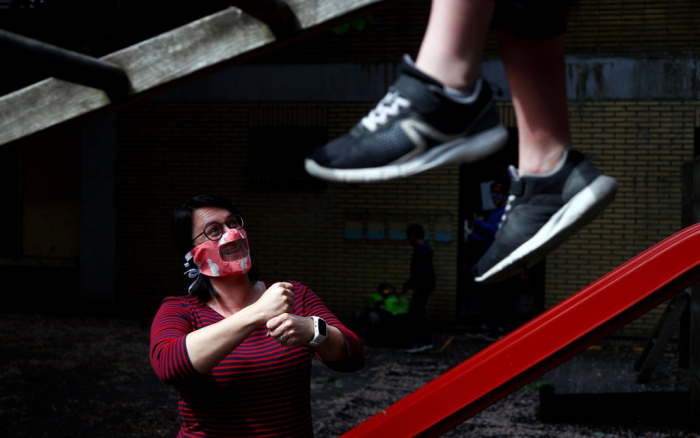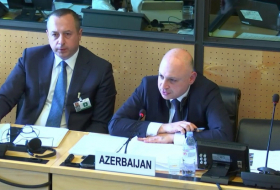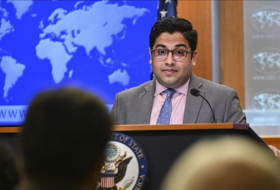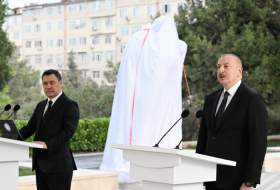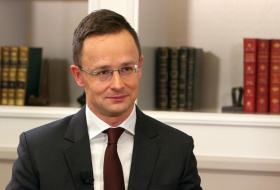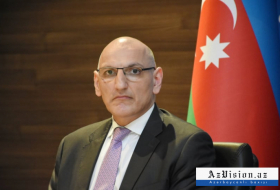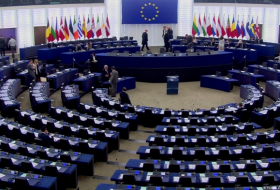The pandemic has flipped life upside down for many, but for the deaf, social distancing guidelines like staying six feet from others and wearing a mask present particular challenges.
Some 466 million people worldwide have disabling hearing loss. In the United States, over 37 million adults, about 15 percent of the population, report some trouble hearing, according to the National Institutes of Health.
Grace Cogan, who is deaf and lives in Jamesville, N.Y., experiences feelings of anxiety when shopping because masks prevent her from effectively communicating, leaving her to rely on eyes and the slant of eyebrows to understand others. So her boyfriend now does most of the shopping.
“This pandemic has really further divided the inclusion of deaf and hard of hearing community from the hearing world, or in other words, isolated us even more,” she said.
Sign language interpreters are among a growing group of essential workers, often called on to stand beside officials communicating vital information on television and in internet livestreams. But they are not everywhere.
Roberta J. Cordano, president of Gallaudet University, a liberal arts university for the deaf in Washington, said, “The ‘two adults, six feet apart’ standard carries its own inherent bias, assuming all those social distancing are the same: that they are hearing, seeing and without any need of support.”
Ashlea Hayes, who is deaf and blind and who works as the secretary of National Black Deaf Advocates, lives in Compton, Calif., where she usually does most of her food shopping herself. But lately she has become more reliant on delivery services, and, unable to visit with and touch friends and colleagues, she said her anxiety has been spiking.
“The sense of panic everywhere is overwhelming.” Ms. Hayes said.
New York Times
More about: socialdistancing








